|
After writing in my last post about the exquisite kinchaku bag I received, I felt like revisiting a book in my collection featuring kinchaku and other bags. This book, called Sashiko no fukuro mono (Sashiko Bags - Amazon Japan affiliate link)), was published by Ondori in 1998 and written by Eiko Yoshida, who you may remember I mentioned before as being my teacher’s teacher. Eiko Yoshida (1922-2002) was born in Honjo, Akita prefecture, and helped created a boom in the revival of sashiko’s popularity in the late twentieth century. Akita sashiko is noted for the use of colorful thin silk thread and single cotton thread, and Eiko herself was apparently born into a family with a Japanese-style clothing business, so perhaps these factors combined account for the sense of style and design she is known for. Ei Rokusuke, a well-known writer, radio and TV personality used to wear a sashiko hanten (padded jacket) stitched by Eiko for stage appearances. You can certainly see an artistic and discerning aesthetic behind the designs featured in this book. She writes in the introduction (p.1): “I created sashiko bags with traditional Japanese patterns and a fresh sensibility. Items made according to the age-old practice of stitching indigo cotton with white thread have a soothing elegance. But these same traditional patterns can give rise to new expression through fabric, thread and design. The beautiful 20cm by 17cm drawstring bag pictured below is ample illustration of that. The next four pages then show 96 design variations for this same bag! The variation in sashiko patterns, colours and arrangements of designs is simply amazing. What a cornucopia to take inspiration from. I admit I haven’t made this bag, but the instructions given on page 36 don’t look too difficult. I make no guarantee, but a skilled seamstress would possibly be able to work out what to do from the diagrams even if you can’t read the Japanese. It requires a piece of cloth 52cm by 19cm, lining 42cm by 19cm, 100cm cord, and thread for the sashiko. If anybody does attempt it, please let me know. Only the design template for the bag pictured on page 1 is given, all the rest you would have to find for yourself, or even better, create your own! There are many other types of bags in this book – shoulder bags, handbags, glasses cases and various types of kinchaku – with to-die for designs and instructions for making (all in Japanese), and after flicking through it yet again, I can feel a bag fetish coming on.
2 Comments
Imagine my delight when the postman delivered me a package recently, and I opened it up to find this gorgeous drawstring bag inside, a gift from an acquaintance who thought I could appreciate it. And she was right! I oohed and aahed with admiration as I examined it every from angle, resisting the temptation to unpick the beautiful red lining and peek at the underside. This type of bag, called a kinchaku in Japanese, was—and still is--used to carry around valuables or personal effects. Although an accessory for Japanese-style clothing, and probably not as common as it once used to be now that Western dress is the norm, it is nevertheless, far from having fallen out of use. I often see the elderly ladies in my neighborhood out for a daily walk clutching their kinchaku. And schoolchildren keep stationery, or implements for school lunches in these bags, though they are far more likely to be decorated with cute characters than sashiko. At summer festivals kinchaku are a common accessory for traditional festival wear, in fact I have a fancy red one to go with my yukata (cotton summer kimono). Naturally cloth kinchaku are ideal for sashiko, and the choice of pattern can indicate anything from seasonal themes to protection from evil spirits or wishes for a long life, or simply a something that catches the maker’s fancy! I’m not sure what dictated the maker’s choice of patterns for my new kinchaku, but it is stitched with a selection of five hitomezashi patterns, typical of the Shonai region in Yamagata prefecture. These are: two types of jujizashi (cross stitch), yamagata (mountain form), sanju kakinohanazashi (triple persimmon flower stitch) and kuchizashi (mouth stitch). I love the way the blocks merge without any border between them. And I am awed by the quality of stitching, which is just incredible! Every stitch is so perfectly aligned and neat you would almost think it was done by machine, but of course that is impossible. Owning this bag will certainly be an inspiration to me to up my game. I am almost embarrassed to post the picture of the one and only kinchaku that I’ve ever made. I find it very useful for holding all the thread, needles and tools together for whatever sashiko project I have on the go, but it’s such a handy item I often divert it for other purposes as well, so making more is on my list of items to do. In the meantime I have my lovely new kinchaku, but I don’t want to spoil it with knockabout use so I’m still deciding what to use it for. One thing I know; I will walk a little straighter when I carry this beautiful bag on me.
|
Watts SashikoI love sashiko. I love its simplicity and complexity, I love looking at it, doing it, reading about it, and talking about it. Archives
September 2022
Categories
All
Sign up for the newsletter:
|

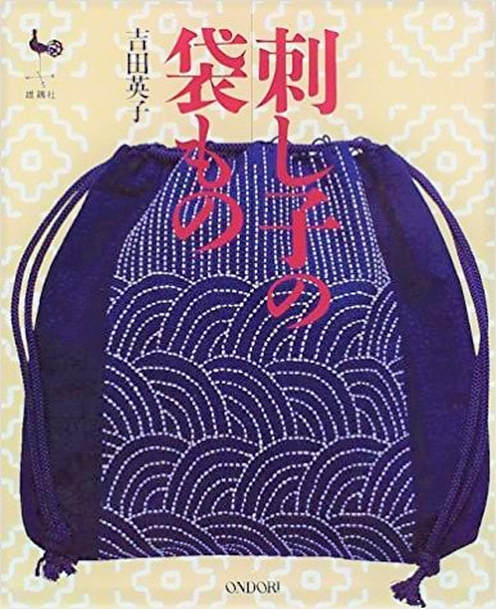
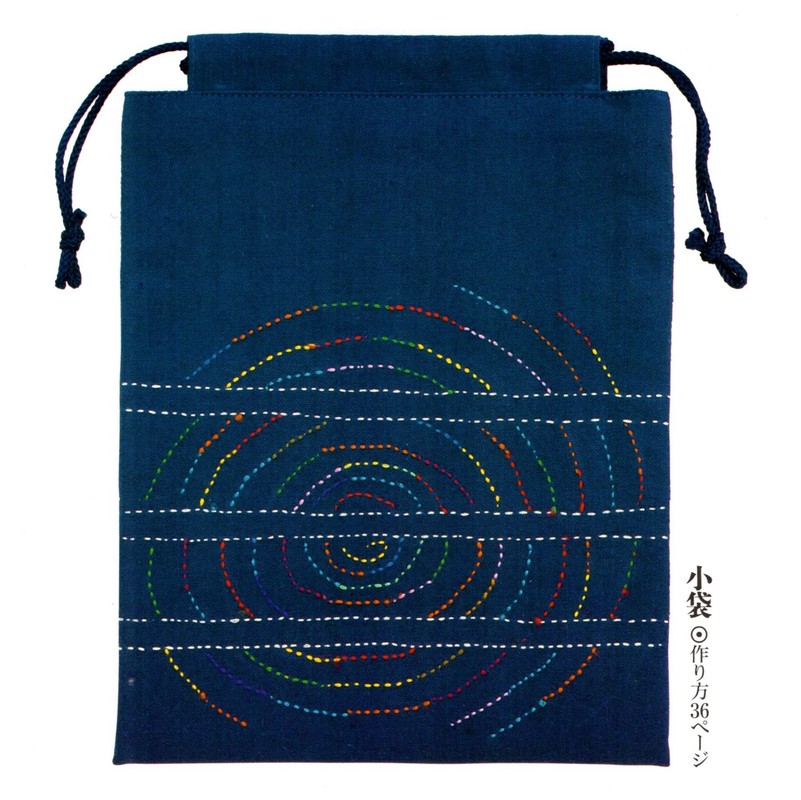
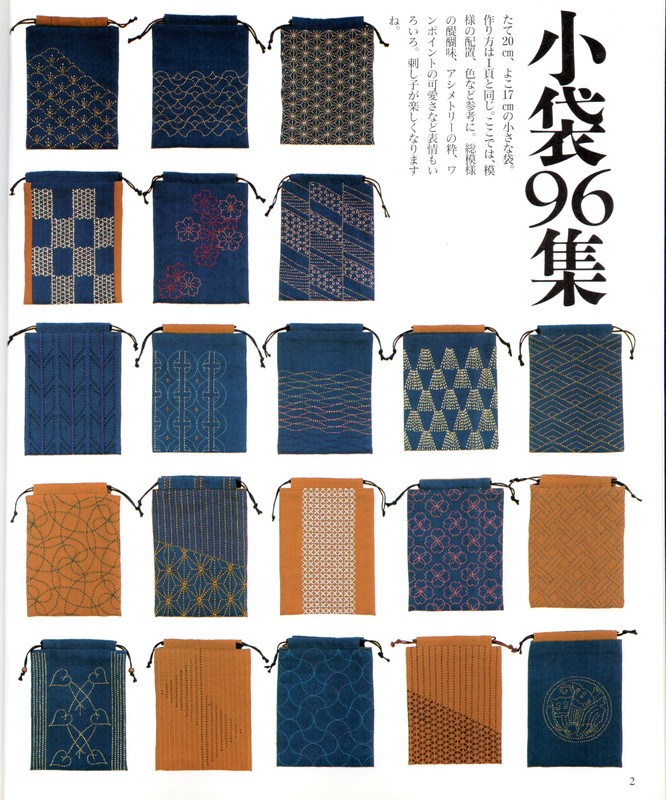
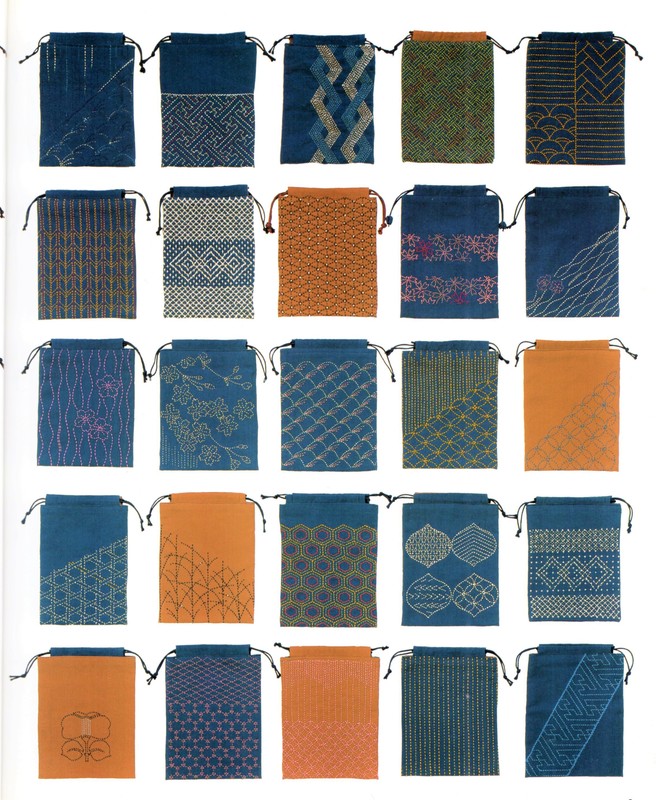
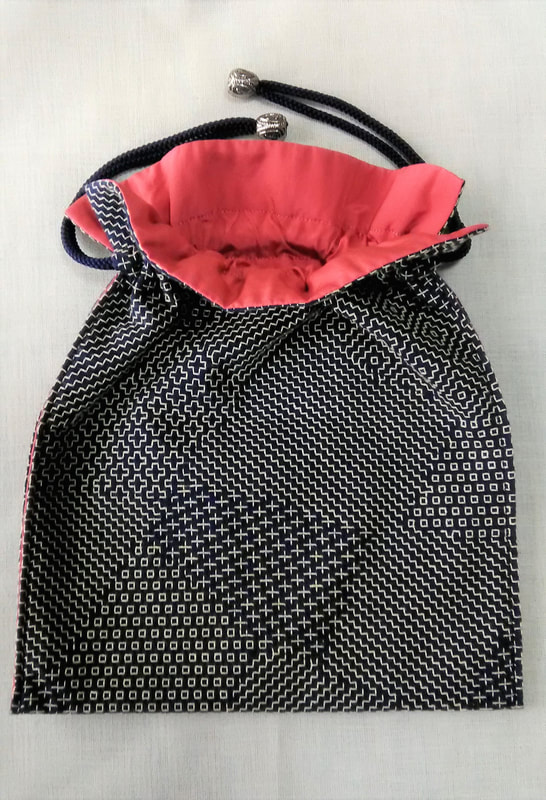
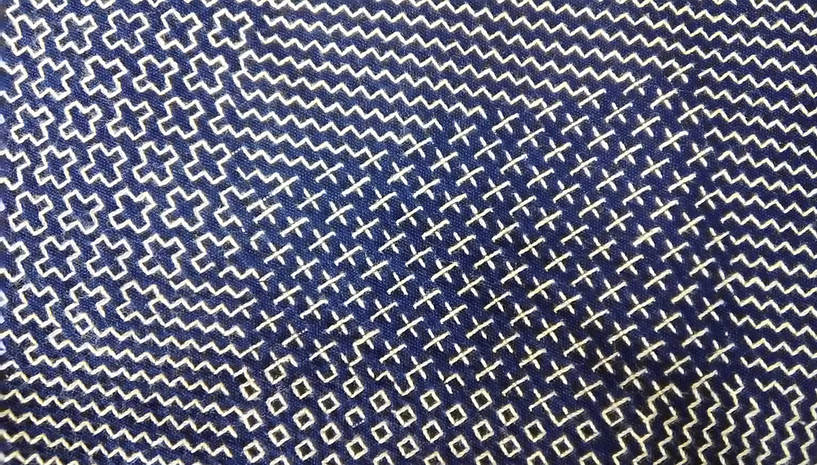
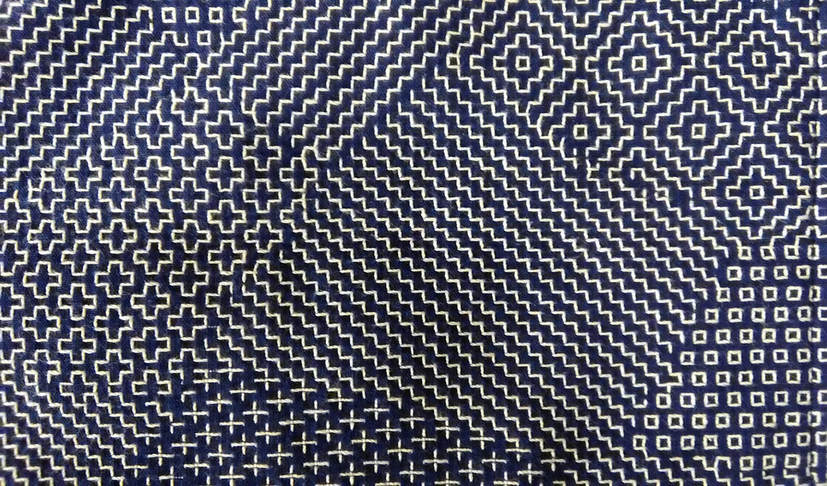


 RSS Feed
RSS Feed



